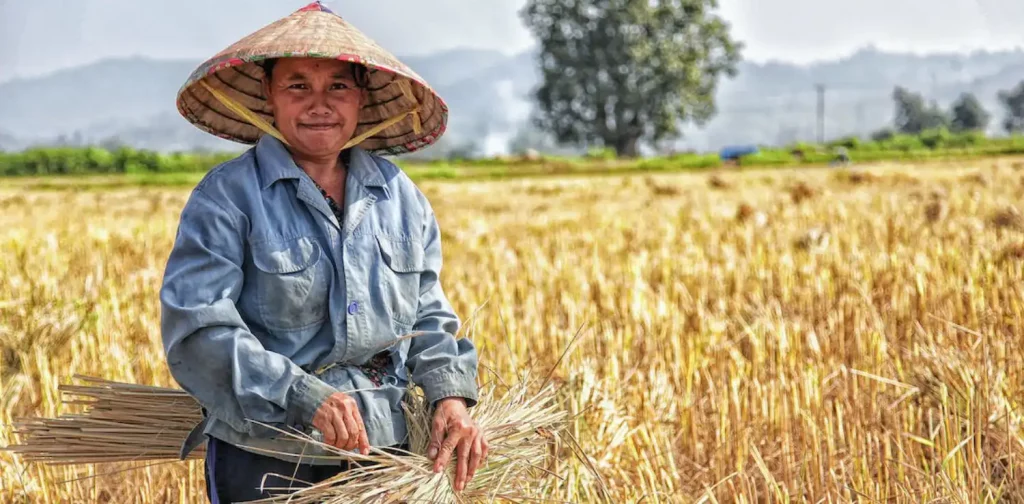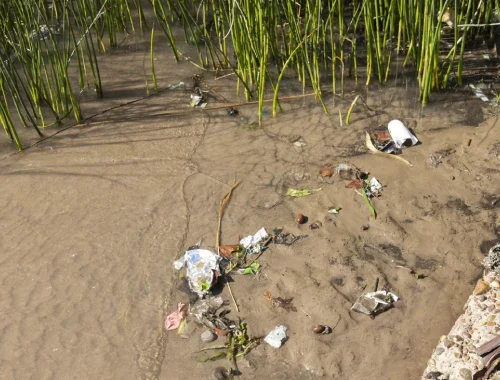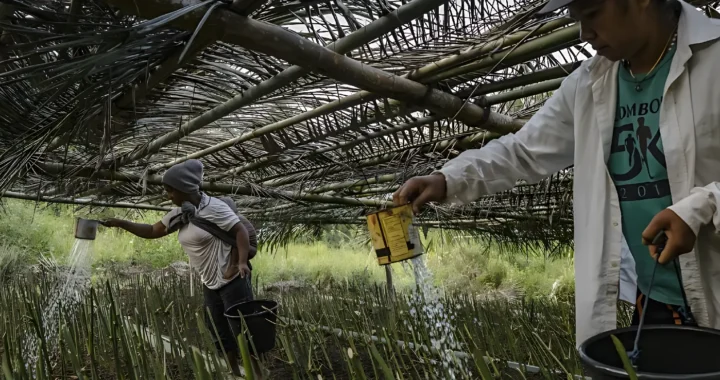Looking into the Gender Gap in Natural Resource Management

Photo by Dodo Phanthamaly on Pexels
Throughout global history until today, women and nature have always been interconnected. This is evident from how women are disproportionately affected by environmental destruction. Women play a vital role in managing land, water, soil, plants, animals, and other natural resources. However, the gender gap in natural resource management remains an issue that interferes with women’s role in environmental protection and management.
Women, Environment, and the Gender Gap
According to the FAO’s report on food security, women in developing countries hold the key to the management of small livestock, the conservation and sustainable use of plant and animal diversity, seed selection, and other aspects of agriculture that will shape the future of agricultural systems and food and livelihood security.
Women, especially in rural areas, are used to managing natural resources based on their traditional knowledge. For example, Dayak Benawan women in West Kalimantan, Indonesia, use their forest as a source of food that also preserves biodiversity, growing local rice, cucumber, pumpkin, corn, and other vegetables. In addition, they also utilize the forest for cooking fuel needs and livestock feed.
Unfortunately, the gender gap remains a persistent challenge. A gender gap is a relative disparity between people of different genders. Gender gaps pose a barrier to sustainable development and livelihood by restricting access to resources and decision-making opportunities. Even in most cases, violence against women can occasionally be used as a tool to exert control over opportunities and resources.
Gender Gap in Natural Resource Management
According to the International Union for Conservation (IUCN), there are three main factors that create barriers for women in natural resource management.
- Access and Control over Land and Property.
Land is typically the most important asset for people in the developing world, most of whom depend on agriculture for their livelihoods. Women play a significant role in land use for food security. Yet, they still face obstacles in all aspects of ownership rights, including their right to sell, manage, and control agricultural production on their own lands.
Women may also find it more difficult to access land, even in countries where they are legally entitled to it, due to cultural and traditional norms that dictate who should be in charge of managing the land.
Globally, only about 13.8% of women are landholders. Women work in agricultural and natural resource management at higher rates than men, especially in sub-Saharan Africa, but their land holdings are typically smaller and of lesser quality than men’s.
- Power of Decision-Making and Leadership
Women are disproportionately underrepresented in decision-making, from local community organizations to national administrations. For example, less than 25% of national parliamentarians worldwide are women. This underrepresentation also exists at the community level.
In Nigeria, for example, the majority of farmwork and related labor is performed by women. However, most of them are not in positions of leadership.
In many communities, social norms and time-consuming domestic caregiving duties often prevent women from participating in decision-making processes related to sustainable management initiatives. This suggests that, when it comes to the management of ecosystems and natural resources, women’s needs, priorities, and knowledge are often undervalued.
- Gender-Based Violence (GBV)
Globally, 1 in 3 women experience gender-based violence in their lifetime. Gender-based violence (GBV) is any threat of harm inflicted upon an individual or group on account of that person’s gender identity. It can be physical, psychological, or sexual as well as economic deprivation of resources, income, and property.
In terms of managing natural resources, women are inseparable from sexual violence in some countries. For example, in Malawi, the “sex for fish” practice refers to instances where individuals, particularly women, engage in sexual relationships or transactions in exchange for fish or fishing-related resources.
Women, being the primary victims of GBV, should have a voice in shaping the laws designed to address these issues.
Furthermore, the gender gap issues are intersectional. Overlapping forms of discrimination or disadvantage will compound and amplify the gender gap in natural resource management. For instance, Indigenous women, women of color or ethnic minorities, and women with disabilities face additional specific barriers to participation in environmental conservation and management efforts.
Bridging the Gender Gap
Women’s participation in natural resource management can be a pathway for broader empowerment of women in the household and in the public sphere, leading to opportunities for growth in families’ income from economic activities related to natural resources. Therefore, bridging the gender gap in natural resource management is both a feminist issue and an environmental issue.
Progress is possible with collaborations across stakeholders and sectors, with a gender-responsive science-based approach at their core. It is also important to note that gender inequality and the resulting gaps and barriers are different in every context. Carefully designed policies, strategies, and projects can work within existing cultural norms through the public and private sectors in ways that benefit all.
Editor: Nazalea Kusuma
Thank you for reading!
Green Network Asia – International Annual Individual Membership supports your personal and professional growth with unlimited online access to our “Exclusive Content” platform purposefully designed to showcase cross-sectoral insights on sustainable development and sustainability in the Asia Pacific and beyond. Enjoy the Membership benefits, including -but not limited to- public policy & regulatory updates, easy summaries of research findings & reports, and impact stories from governments, businesses, and civil society.


 Upholding the Machángara River’s Rights of Nature Against Pollution
Upholding the Machángara River’s Rights of Nature Against Pollution  Accelerating Gender-Responsive Disaster Management with Sendai Gender Action Plan
Accelerating Gender-Responsive Disaster Management with Sendai Gender Action Plan  ASEAN and the EU Support Sustainable Connectivity with a Higher Education Program
ASEAN and the EU Support Sustainable Connectivity with a Higher Education Program  Australia Proposes Right to Housing Bill to Tackle Housing Crisis
Australia Proposes Right to Housing Bill to Tackle Housing Crisis  World Cities Summit 2024: A Trigger to Help Build a Sustainable Singapore
World Cities Summit 2024: A Trigger to Help Build a Sustainable Singapore  Mama Bambu: How Women in Flores, Indonesia Take Part in Environmental Conservation
Mama Bambu: How Women in Flores, Indonesia Take Part in Environmental Conservation